One of the most daunting aspects of pursing a creative or artistic career for many aspiring artists is not knowing how to learn the craft. So, we asked some very talented artists and creatives to talk to us about how they learned their crafts and we hope their stories will help you in your journey.
Makai Conner
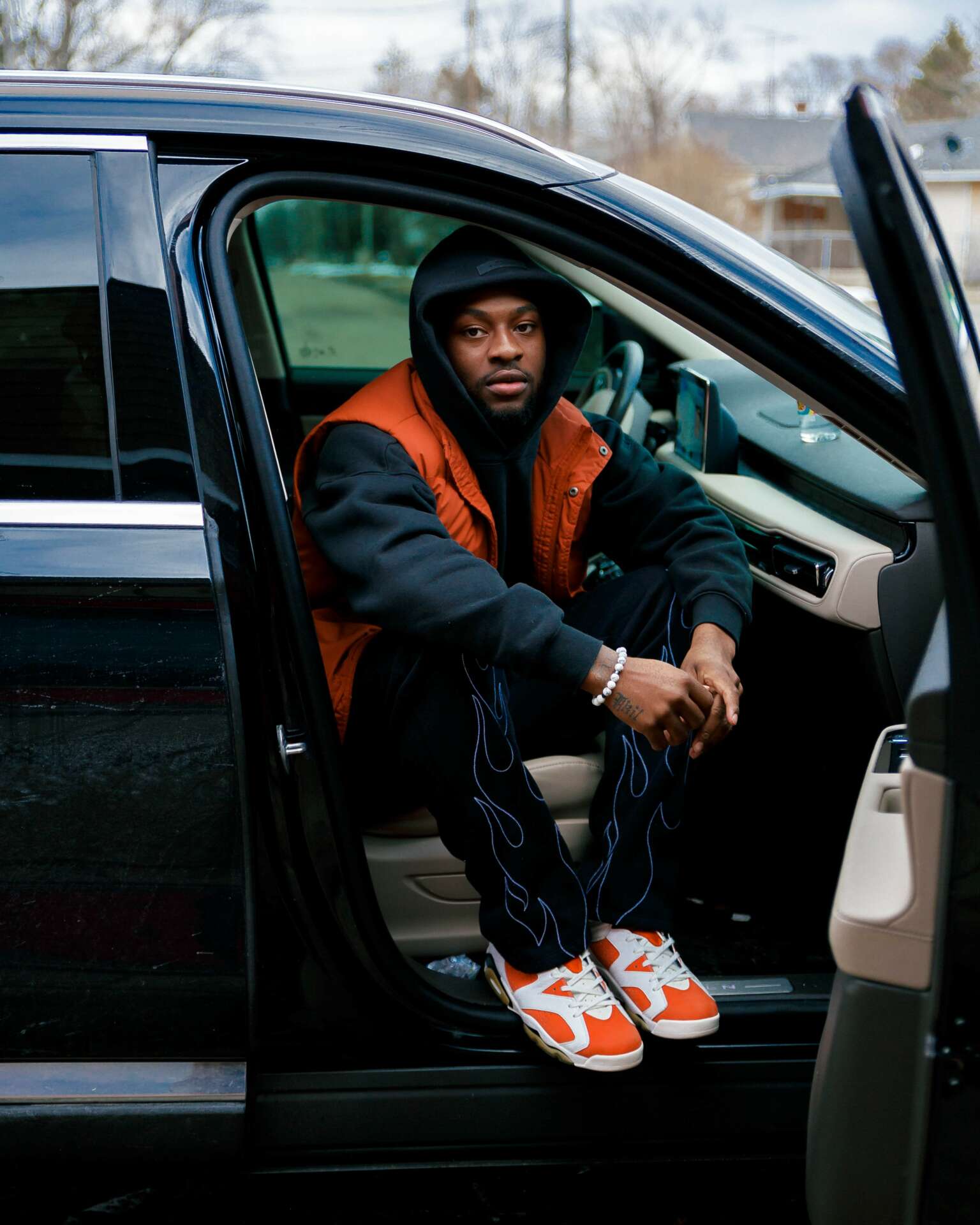
I learned how to take photos from studying all things related to photography. I’m a self taught photographer and YouTube became my best friend. I would always watch YouTube videos teaching me about cameras, lenses, and editing tricks on a daily basis and I would practice by taking pictures of literally anything. When shooting I always felt like editing and shooting was equally important and I quickly learned you can’t be a GREAT photographer without both skills. Read more>>
TINO

Some things you’ve been learning your whole life without knowing it. I grew up with hip hop listening to classic acts like Run DMC, and LL Cool J with my uncle when I was 3 years old. I set behind my uncle and cousin as church while they played drums every Sunday. I was enamored by the wordplay used in the first wave of battle rap. Read more>>
Manasi Arya

I learned my craft as an artist at a young age, and I owe much of my artistic development to my mother, who is also an artist. She encouraged and nurtured my creativity from a young age, and we would often engage in art projects together, allowing me to explore different mediums and techniques. Additionally, I had the opportunity to attend art classes in my local area, where I learned various art forms such as clay work, painting, and still-life drawing. Read more>>
Dillion Lalor

I started off in modeling and after awhile I just kept getting more ideas for shoots I wanted to do. This ended up with me getting my own camera and asking fellow friends for pointers, watching YouTube tutorials, and working out what best worked for my skills. I then started focusing on genres of shooting that represented me as a creative that being creative portraits and travel photography. Read more>>
Jeannie Albers

Part of what makes photography an exciting career for me: there will never be a day when I stop learning. I’m also keenly aware that my success hinges a great deal on how much I’m willing to study—things like color theory, composition, lighting, posing, editing, business, communication, marketing, etc… if I want my craft to improve and if I want to be hirable, I know I have to put in the time. Read more>>
Lori LaMont

As a self taught artist I learned by copying. It always felt like fun and play and it was just how I enjoyed spending my time. Art books, comic books, the tv guide were all fair game. Somehow we had a lot of vintage school books with great pictures that my brother and sister and I poured over for years. When my mom took us to museums I’d be wracked with personal important questions such as, “so, did the artist actually drop that smear of paint… Read more>>
Chris Bartels

The reason I’m doing what I do today is because I was bored one summer day in high school and decided to pick up my brother’s acoustic guitar. Simple as that. I was 16, and ever since that day, I haven’t ever considered pursuing anything besides music as a career and life passion. Diving headlong into guitar tabs of my favorite songs, and first teaching myself with a Guitar For Dummies book from the library, it’s been an up and down journey since then of learning the crafts of songwriting, music and audio production, and running a small business. Read more>>
Jenn Tanay

At the moment I predominantly do block printing, gouache painting, and a sprinkle of papermaking when I find the time. I have always painted, but recently about 7 years or so ago I decided to learn how to block print. I started with rubber and mainly used that to carve my designs, but just recently I discovered that carving a hearty linoleum block creates the strongest and bold designs. Read more>>
Logan Newman

One of the statements I have heard from people who have seen my woodworking over the years is “you’re so talented.” I always respond the same way when I hear that and tell them ‘it’s not talent, its perseverance.” I have learned my craft through trial and error. For example, I learned the importance of accurate dimensions when I made a cedar blanket chest and it was much larger than I anticipated. Read more>>
Carmen Barton
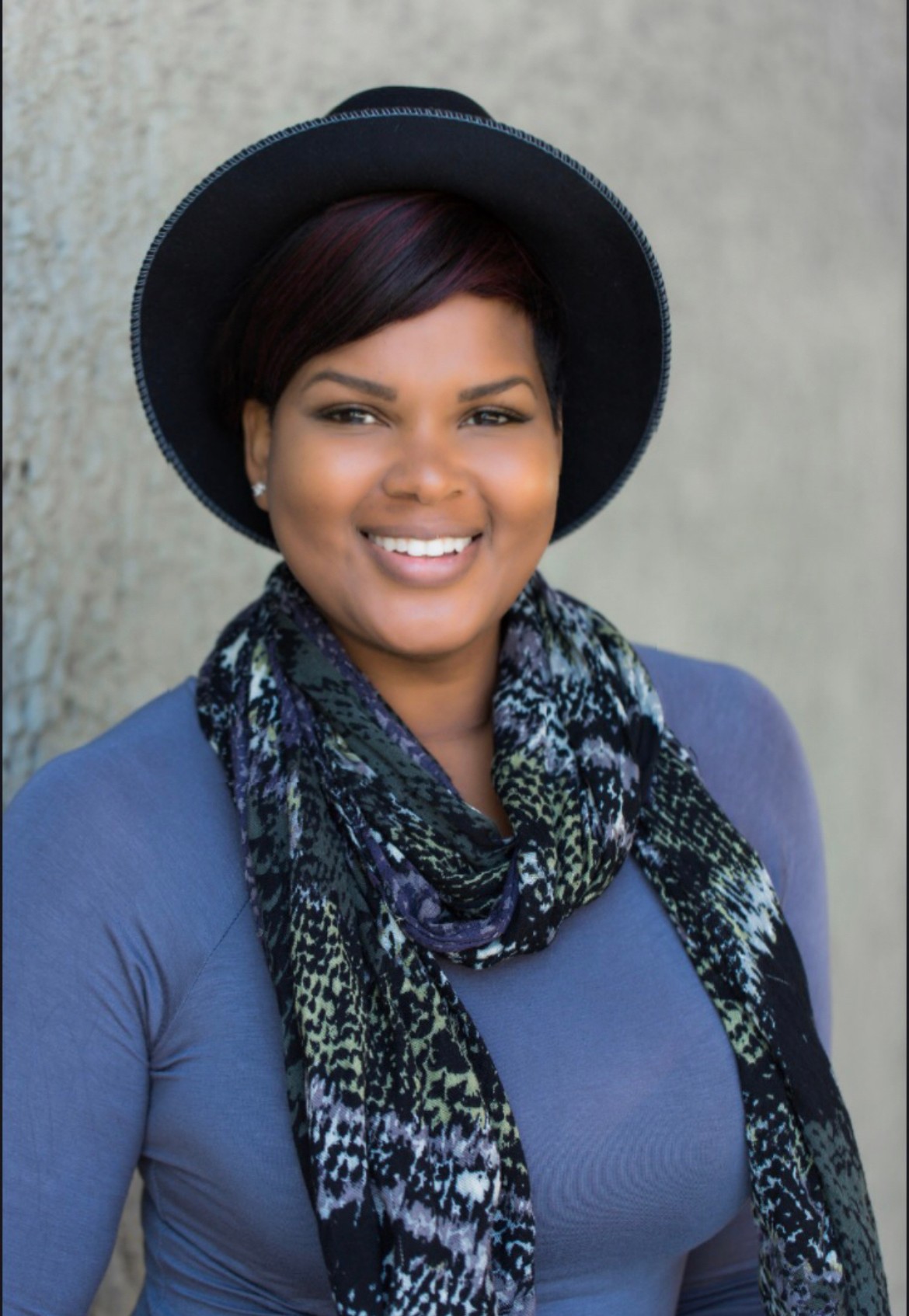
Learning and honing my craft as a comic and writer is really never ending because as I face challenges or successes in life I incorporate them into my comedy so I’m continually leaning new ways to make certain things funny. For instance my life family and career seemed perfect and I joked about finally finding my soul mate after raising my children as a ding je mom and facing so many funny challenges dating. Read more>>
Gold Frames on Brown Skin

My learning was based on imitation. Since I am a visual learner, everything I have learned is from watching someone else perform the task. As an example, I write with my right hand, but I hold my pencil like a left-handed person, since I learned how to write from a left-handed person; however, I am ambidextrous (self-taught). Visual learners learn to observe everything to avoid missing their next life lesson. However, this can come at a cost when there are no examples to follow. The creativity part comes into play at that point. Read more>>
Nicki Chen

I became an experimental violist by embracing a spirit of exploration and hands-on learning. Being born in the generation raised by the internet, I think sometimes we can forget that you don’t need a tutorial for everything. I joined bands of all different genres, went to jazz jam sessions, made music with so many different kinds of people. Read more>>
Stacey Swann
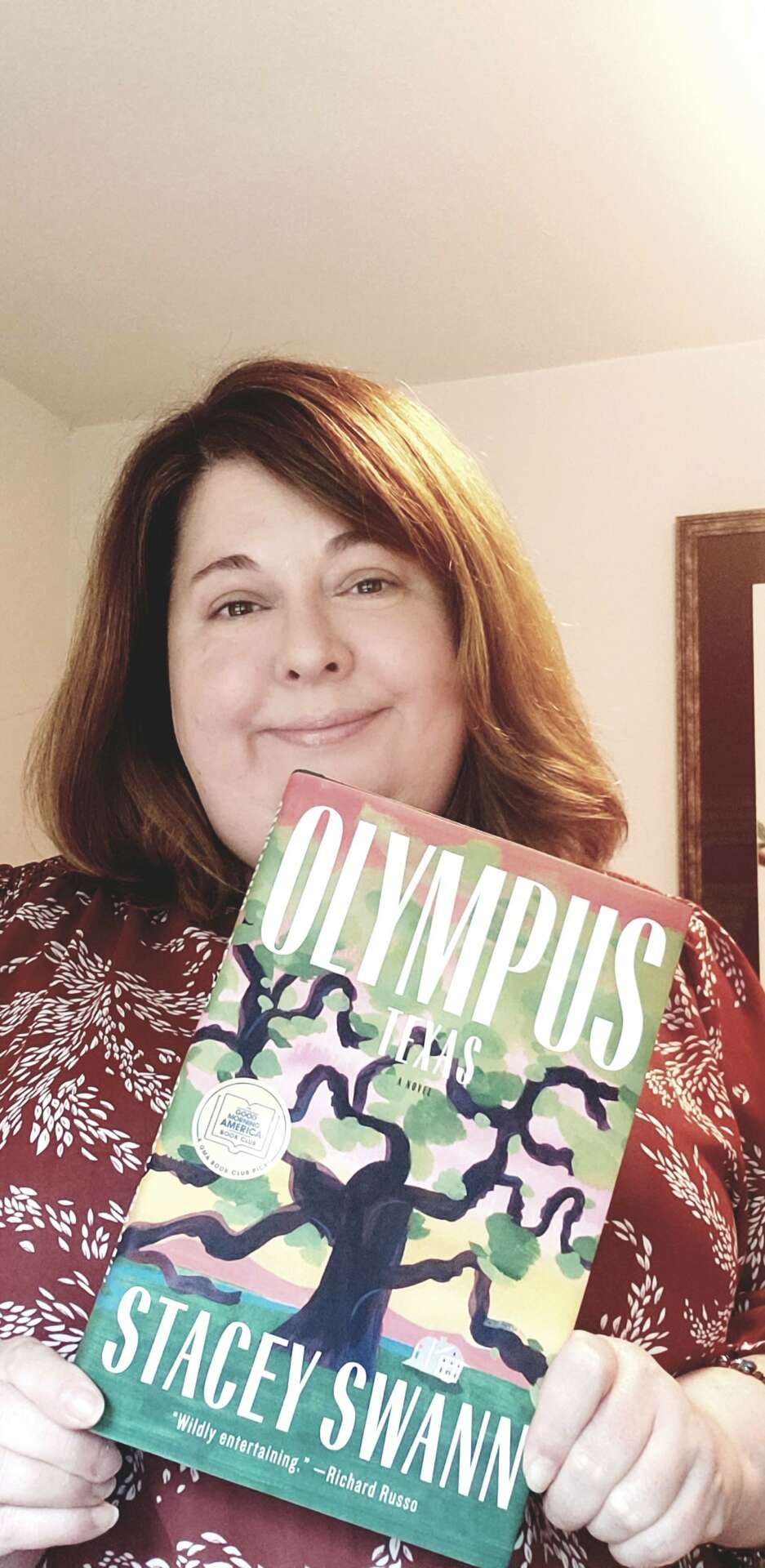
I’ve been an avid reader since I was a child, and part of me had always wanted to be a writer. I had taken one creative writing class as an undergrad, but I was very shy about sharing my work. In my late twenties, after taking two extension classes, I worked up the courage to apply to MFA programs in creative writing. My time at Texas State University gave me both a belief in my own work and community that took writing very seriously. That concentrated focus really accelerated my learning process and gave me permission to prioritize the work. Read more>>
Avery Ledwell

I learned to do what I do by basically being behind a camera since I was in middle school. I worked on the morning show in middle school, the news show for high school, and helping create multiple video projects in college. One of my first internships was at a radio station where I learned to sharpen my skills with editing and interviewing. My big break was when I was hired at WLTX News 19 where I took on positions like photojournalist, audio board operator, and technical director. Read more>>
Thaddaeus Bourne

I wouldn’t change anything. I started my education as a flute major. My bachelor’s and master’s degrees are on that instrument. I loved it and learned so much about music from these studies. During that time my flute professor suggested I take voice lessons to better study breathing and vowel shapes. I eventually came to love singing as much as the flute and singing is where I made most of my career. Read more>>
Kim Pearson

I had no idea metal was an option when it came to my relationship with art until my first year of college. I explored every medium out there from ceramics to digital media but none of them quite fit until I met Dangerfield Ashton who became my teacher and mentor. I started out learning how to weld large metal sculptures in the metal studio that was essentially a large shed located on the far edge of the university campus. Read more>>
Eli Alger

I first learned how to play guitar at the age of 15 by watching the “Garth Brooks Live at The Wynn” special that came with his box set right when it first came out, You could say that’s where the journey began. In the way that I taught myself I came to find later in life that I had technically learned everything “backwards” from a musical standpoint. Where one is supposed to learn the basics first like rhythm and timing, how to match pitch with your voice, how to sing harmonies Read more>>
Ophelia Brinkley

How did you learn to do what you do? I have learned through a combination of education, experience, and a passion for the arts. I pursued a degree in Small Business Management & Entrepreneurship, which provided a solid foundation in understanding the business aspects of running a nonprofit organization focused on the arts. Read more>>
Kay Hunt

Before I even started my illustrating career, I was convinced that the only way you could make art, or make a living being an illustrator, was if you knew how to create illustrations digitally. *NOTE: I did not go to school for illustration, so i’m not sure who put this idea in my head.* Mind you, this was way back when there were no iPads or procreate and if you knew how to create digital illustrations, you were the coolest kid in school. I think the closest thing I knew to creating digital illustration work was through illustrator or the elusive Wacom tablet that very few in my school had mastered. Read more>>
Huilin Gui
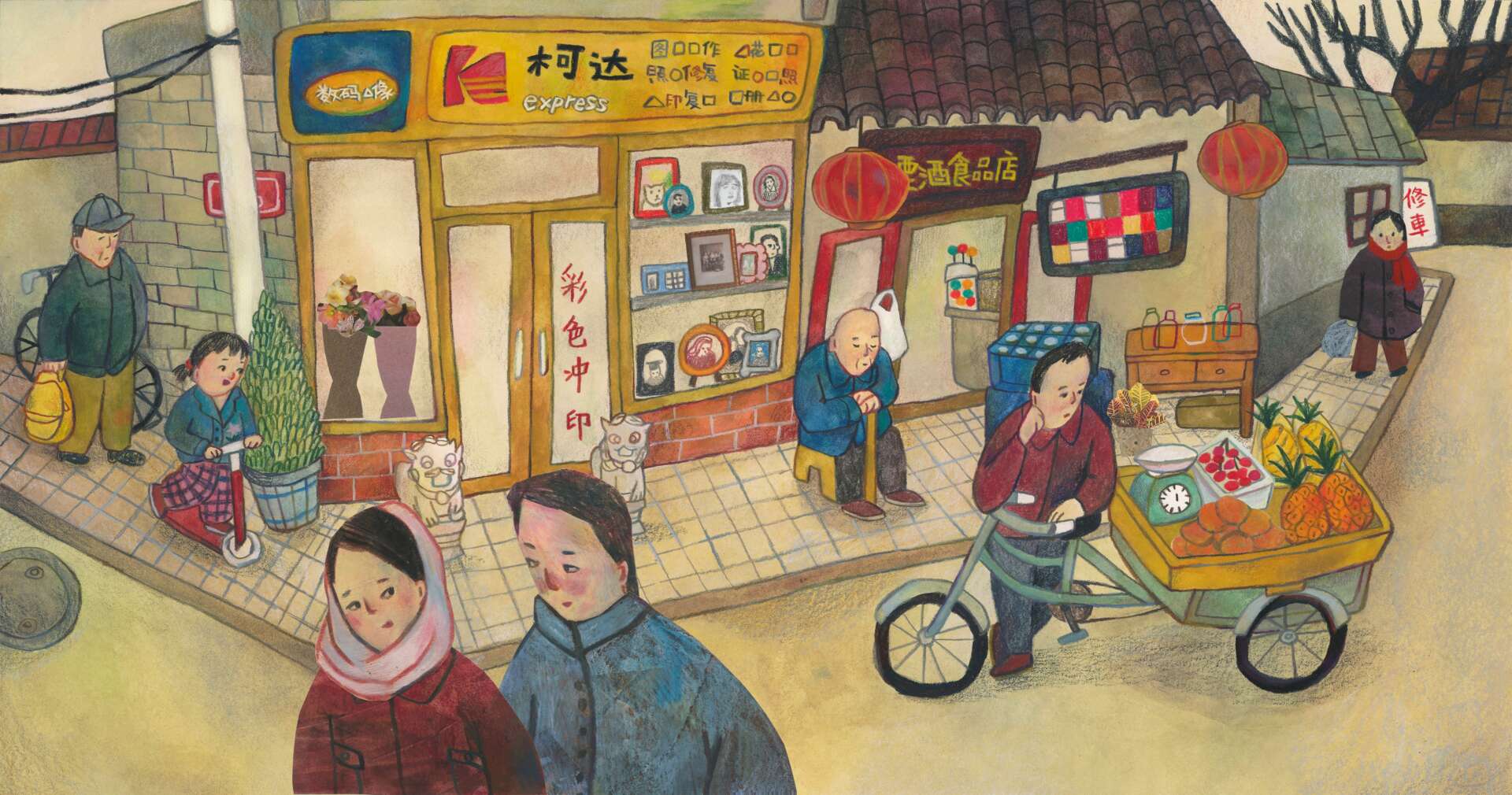
I am very passionate about reading picture books, so my learning about illustration has been through extensive reading of picture books, where I discovered different drawing styles and narrative techniques. The most important aspect of illustration is having a solid artistic knowledge base. The more art styles you are familiar with, the clearer your preferences become, and your artwork will have its own uniqueness. There are no shortcuts in illustration; Read more>>
Ricky Macias

I’ve always been fascinated in art but began taking painting seriously in high school. I had always thought that painting and art history were reserved for much wealthier and privileged people. It wasn’t until I took my first painting class that I discovered that this was something that wasn’t just a past tradition but something anyone could be a part of. Read more>>
Joseph Yosko

I learned from experience of doing hip hop for 24 years. What could have sped up my learning process is people giving constructive criticism instead of letting me find out on my own and improve on my own. The skills I think were most essential is being a good writer and being able to rhyme words. The obstacles in my way we’re mainly the competition. Read more>>
Jessica Adair

A lot of my artistic skills I gained throughout my childhood. Like many others, art was an escape for me, so I sunk all of my free time into it and then some. I had a few college art courses that, although didn’t teach me new methods, provided me the confidence I needed in my art. The most essential skill is truly drive. You need drive to commit to learn, evolve, and stay creative. Read more>>
Jordan Shaw
A WHOLE mess of trial and error, paired with asking a lot of questions to folks I knew were farther along on the same path… but mostly trial and error. I went full time with country music about 2 years ago, and I knew very little about what I was trying to do. I just knew that when all was said and done, I wanted to put food on the table doing something that I loved, even if I knew very little about that thing. Playing guitar/piano and singing always came somewhat naturally (been doing those since I was a kid) but the business/entertaining side of my business certainly had a learning curve. Read more>>
Junior Santillan

The most meaningful project I’ve done so far is the photoshoot of my dad standing by the US/Mexico border. My dad spent over 25 years in prison for a crime he didn’t commit. After being released, he was deported to Mexico. Ironically, the prison gates turned to a border, still separating us. Taking a photo of my dad in front of the border meant taking control back. Read more>>
Ivan Magdaleno

As a musician who owns my own studio, runs a band, and works as an audio engineer, my journey of learning has been a combination of formal education, practical experience, and self-guided learning. To acquire the skills I have today, I started by learning an instrument and studying music theory through lessons and music videos. Read more>>
Michael Moody
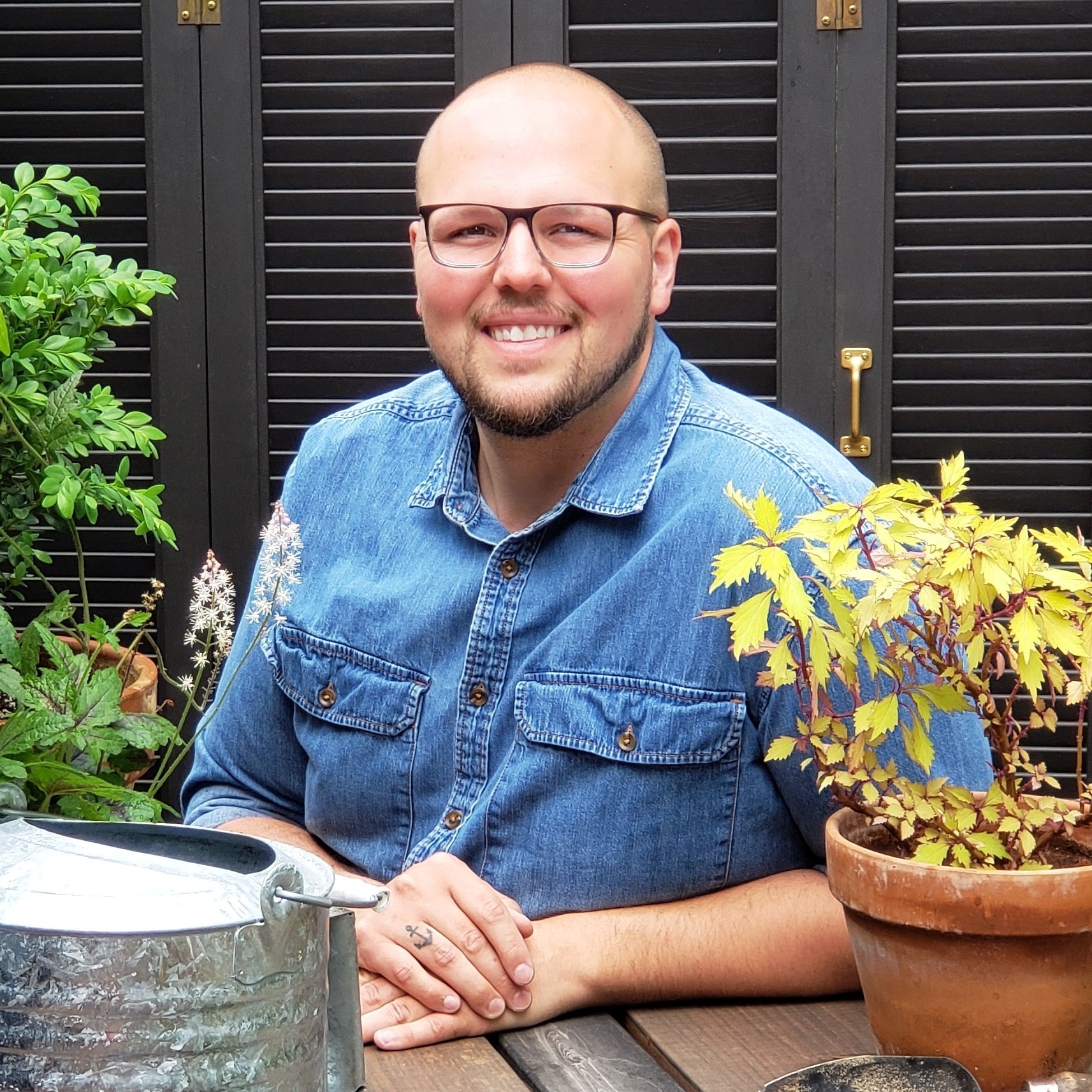
My love of gardening started when I was just a little sapling of 6 years old. I have always felt drawn to nature and naturally found gardening to be a way to be connected to that pull. My passion for gardening was ignited by my grandmother, Betty, who I looked up to most as a young kid. She was creative, funny, and had a strong passion for gardening. Read more>>
Hannah Garatie

Practice! I started out seeing things I liked and trying to replicate them with whatever materials and resources I could get my hands on. With makeup, I used what I had on hand and slowly built up my kit and skills over time. With fabrication, I studied online and watched videos and the more I did the more people I met that could teach me new things. But practicing and educating myself as much as I can is still how I continue to improve myself and grow. Read more>>
Julian Haskins
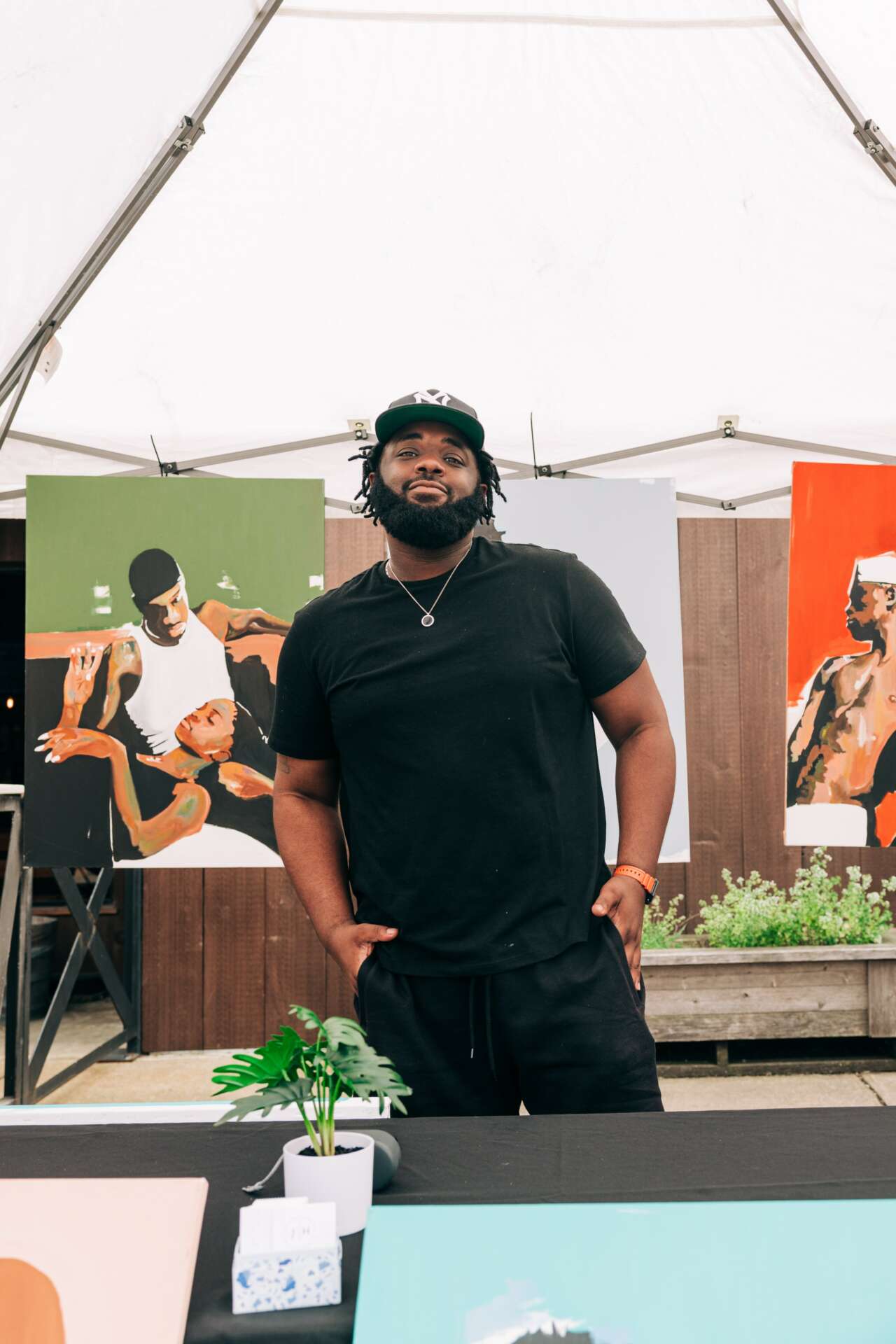
I was taught by my high school teacher in the 11th grade. He saw my potential based on my drawing abilities and realized I just needed discipline and focus. I had to re-learn this skill years later after I had an operation. The most essential things I’ve learned is patience and also have freedom with your work. The only thing that stands in my way would be me and finding my lane and what works for me. Read more>>
Melina Nikolina Donalson
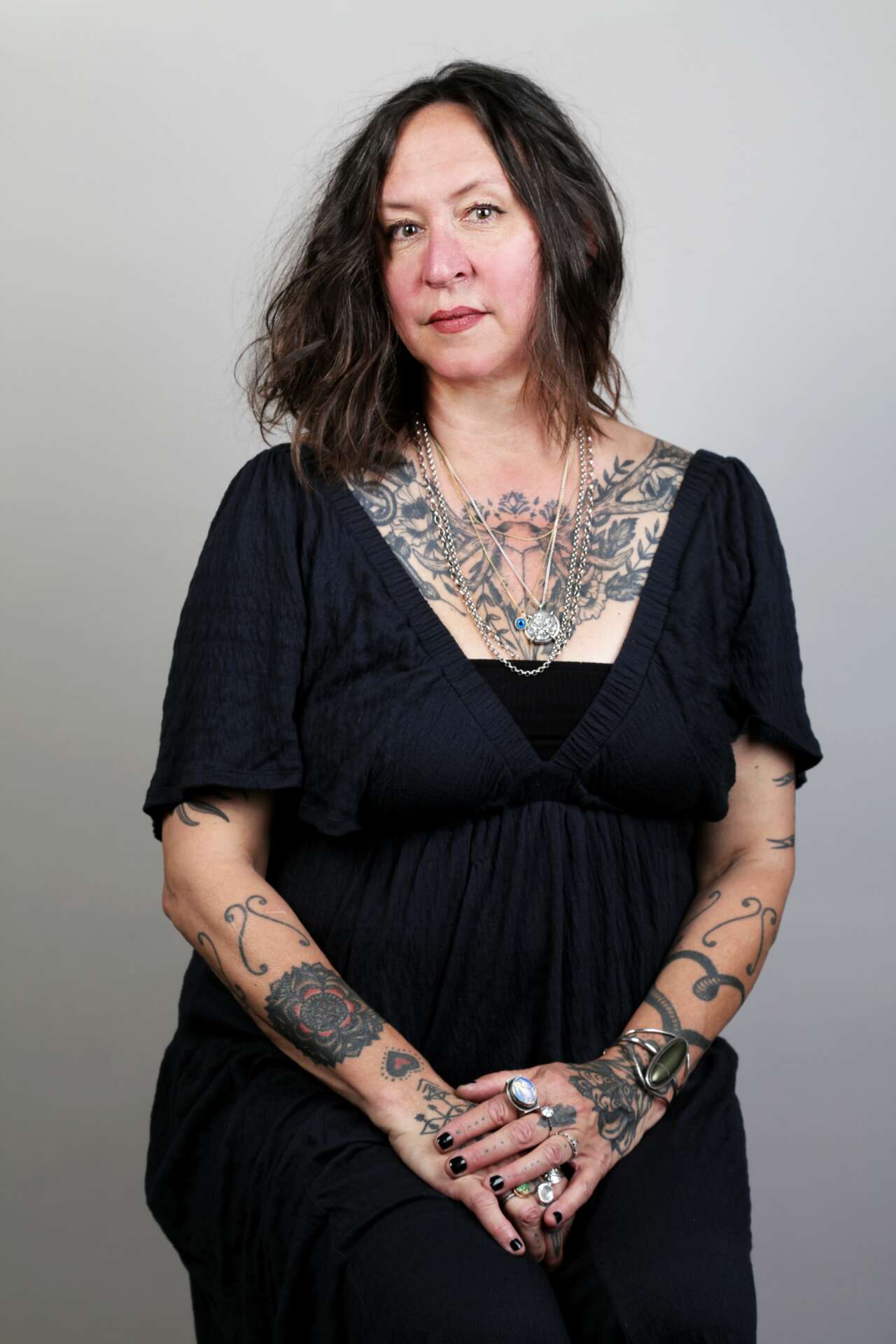
Before I actually started soldering jewelry and using a torch, I took a few metalsmithing tools and safety classes with a retired teacher who offered classes out of his home workshop. I’m both a visual and experiential learner and it definitely helped me get past my fears of working with fire and sharp tools. This was in 2014 and since then, I’ve been self-taught through trial and error, experimenting and curiosity. Read more>>
Övgü Yeles
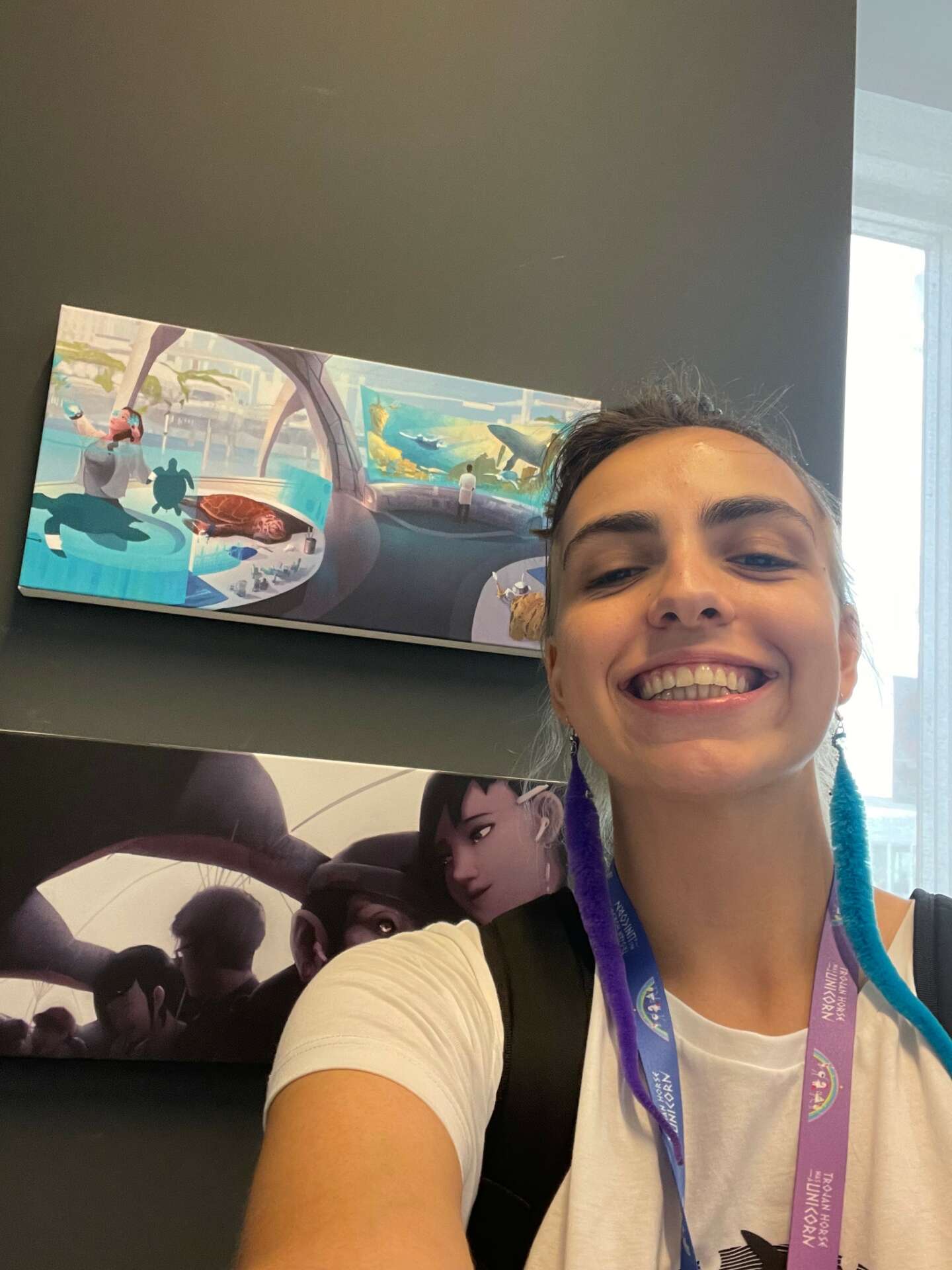
If you have the will to do something, learning comes easy. The first thing that all creatives need to understand is that learning never stops. As a creative, you always have this feeling to push your limits every waking day. I have started learning this craft from mostly feedback. From my mentors at RUA (Rise Up Animation) to Public Discord channels, I asked many people for feedback. Read more>>
Ash Schultz

In August of 2012 I moved to Las Vegas with the purpose of joining my brothers in the fascinating career of a spray paint artist working for a company down on Fremont Street and the Las Vegas Strip. I had predominately been a graphite artist up until this point and I was excited to learn to work with color and in a new medium. Read more>>
Alexis “Lex” Diaz

There are a lot of important steps that go into making a successful piece of fluid artwork, including leveling the canvas and making sure it’s untouched while drying, sometimes for days. Because I don’t buy premixed paint, I have to ensure the consistency of the acrylic to pouring medium is a perfect ratio between too thick or too thin. I also have to layer my colors a certain way so they don’t muddy or disappear. Read more>>
Alan Mercer

I learned how to take quality photographs from years of practicing. The only thing that will speed up progress would be to shoot everyday and keep stretching the boundaries of what you already know. Teaching your eye how to SEE is what is most essential. Attention to detail the most important. Once you have a camera, the main obstacle to learning more is not having enough subjects to photograph and not practicing enough. Read more>>
Crescent Dragonwagon

How did you learn to do what you do? I am still, ever and always learning how to do what I do, which is write. And the best way to learn about writing is by writing. The act itself, over time, teaches you. Though I’m not a major Hemingway fan, he nailed when he said writers “…are all apprentices in a craft where no one ever becomes a master.” Read more>>
Heather Whiteside

Although I had some fine art schooling, I am mostly self-taught. I learned my craft by just doing it. This requires a lot of experimentation with various paint mediums, materials and thinking outside of the box so there are no barriers to creativity (at least that is the objective). Year after year, I learned from my mistakes and discovered what works well and what doesn’t. I also learned what my strengths are and what aspects of my craft I enjoy doing the most, so I could focus more on these aspects of my artwork. Read more>>

